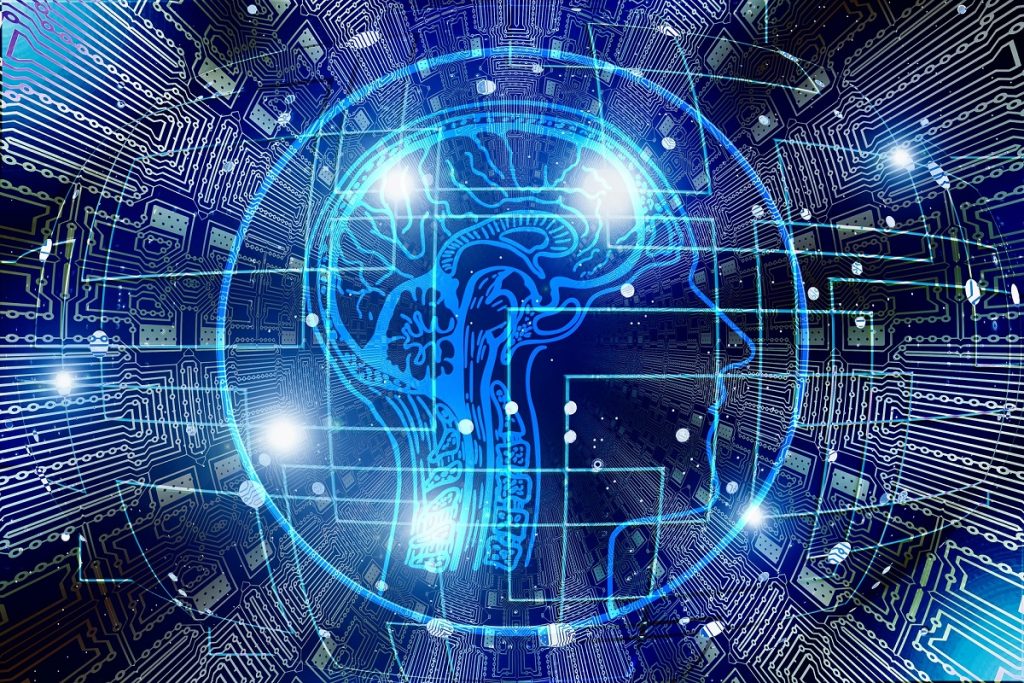One significant side effect of medicine’s digital transformation has been rapid growth in the volume and variety of available medical data.
Hospitals now have an average of 10 to 15 internet-connected devices per bed. Medical device manufacturers are increasingly experimenting with data-collecting “smart” wearables and similar technology.
In practice, this data is already being used by hospitals and health care startups to improve inventory management, or offer more personalized health care to patients. It’s likely, however, that the medical field isn’t leveraging the full potential of this medical data.
Medical data analytics is already important to the industry — but it’s likely to become much more central over the next few years. This will likely create both major opportunities and new challenges for health care providers.
How Medical Data Analytics Is Used Right Now
Major health care providers and manufacturers are also beginning to use predictive analytics to help manage demand forecasting and inventory management during periods of supply chain instability.
With historical sales data or hospital inventory data, for example, it’s possible to better estimate resource requirements of essential medical supplies and treatments. This helps health care providers and manufacturers manage periods of unstable supply and demand.
This information, derived from solutions like barcode scanners for hospitals, can also help health care facilities improve the visibility of their inventory by creating real-time, digital records of facility medicine and equipment.
This can allow a nurse, for example, to know exactly how much of a particular kind of PPE a hospital has in store, as well as where that PPE is being stored. With this information, both individual employees and the organization itself can respond faster in a crisis.
In an interview with the Economic Times of India, Charlie Farah, the director of industry solutions at Qlik, described how this approach has worked in practice.
A particular application of data analytics can allow “hospital staff [and] managers to identify stock levels of PPE by location — with this information, management can relocate available stock to staff caring for patients that have fever or respiratory symptoms at other locations.”
Medical facilities are also utilizing predictive analytics to reduce patient wait times and more effectively manage hospital staffing. In the near future, these applications of predictive analytics may become more widespread.
Future Applications of Healthcare Data Analytics
As healthcare data analytics becomes more sophisticated — and as more aggregated health data becomes available — more advanced and patient-specific applications of medical data analytics could become commonplace.
One change will likely be the more widespread use of medical data in personalizing health care. With analysis of a client’s particular health data, an algorithm may be able to pinpoint treatments that are more likely to work than others — reducing the need for a trial-and-error approach when more than one treatment option is a possibility.
Chronic traumatic encephalopathy (CTE), for example, is an extremely common condition in post-career athletes, like football players. Despite its prevalence, however, there is no cure or treatment for the condition. The condition’s cognitive and behavioral symptoms can be treated, however — but the effectiveness of treatments for these symptoms can vary significantly from patient to patient.
Analysis of medical data like a patient’s health history, bloodwork, and genetics can help providers better understand which treatment options may work best — giving them somewhere to start.
In an article for Health IT Outcomes, Dr. Joost Huiskens of SAS Netherlands predicts “more and more health care providers will become data-driven organizations” in the years following the end of the COVID-19 pandemic.
Huiskens argues that the future of the health care industry depends on the adoption of personalized care, and the use of AI analytics and vast amounts of health care data to tailor treatments to each patient’s particular biology.
Information like a patient’s DNA is already being leveraged by medical startups to provide unique health care insights by a number of startups.
Soon, hospitals and other major care providers may also begin to more frequently use DNA health analysis as a first-line approach in treatment, helping doctors to more effectively pursue the most effective therapy possible for a particular condition.
However, it may be some time before major health care organizations are able or willing to adopt this tech. Before hospitals can begin offering these kinds of services at scale, it could be misleading to say that medical data analytics has become fully realized.
Challenges for Medical Data
The growing use and storage of health data also presents significant challenges that health care providers will need to manage. Hospitals have already become an increasingly popular target for hackers and cybercriminals.
As the amount of stored medical data grows, cyberattacks may become more common.
Finding ways to de-identify aggregated health data — which would make that data less valuable to hackers — while improving facility cyber defenses will likely be necessary before medical data analytics can become fully realized.
Barriers and Challenges for Medical Data Analytics
As medical data becomes more widely available, medical data analytics will become more essential to the health care industry. However, it’s likely that medical data analytics won’t be used to its full potential in the near future.
New applications of medical analytics — like DNA analysis for personalized health care — aren’t commonplace yet. Hospitals that adopt this technology may also have to manage the growing threat of medical data breaches.
Article by Shannon Flynn – Rehack

